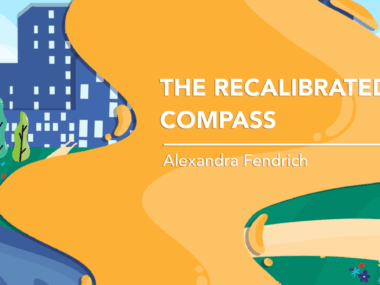Fatigue Linked to Work Disability in Ankylosing Spondylitis Patients, Study Shows
Written by |

Higher levels of fatigue are related to the degree of disability at work among ankylosing spondylitis (AS) patients treated with the biologic therapy Enbrel (etanercept), an observational study shows.
The study, “Fatigue independently predicts different work disability dimensions in etanercept-treated rheumatoid arthritis and ankylosing spondylitis patients,” was published in the journal Arthritis Research & Therapy.
Work disabilities are a major issue for patients with inflammatory rheumatic diseases, including ankylosing spondylitis. Within 10 years of the onset of symptoms, up to 70 percent of those affected by these diseases become disabled. That number increases to about 90 percent over a longer period.
Disability is not always related to inflammatory symptoms. Fatigue also is a plausible reason why many patients experience difficulties at work.
Most ankylosing spondylitis patients are affected by fatigue, which may occur due to the inflammation and healing cycles of relapses and remissions, muscle spasms, poor quality of sleep due to pain, and generalized stress associated with chronic conditions. Yet fatigue is poorly managed, and many patients feel it is overlooked by clinicians.
Prior data have shown that fatigue persists even when the disease has entered into remission following biologic therapy.
To examine whether fatigue can be an independent predictor of work disability in patients with ankylosing spondylitis and rheumatoid arthritis, researchers conducted a large study that followed patients after they began treatment with Enbrel, a commonly prescribed biologic. Biologics are therapies that target individual molecules and tend to work faster than conventional disease-modifying anti-rheumatic drugs (DMARDs).
The data came from two German observational studies sponsored by Pfizer that included 1,003 patients with ankylosing spondylitis (NCT00544557) and 1,747 patients with rheumatoid arthritis (NCT00488475) who initiated therapy with Enbrel.
Both groups were observed for one year after the start of therapy. Data used in the analysis included fatigue, work disability, demographics, clinical, and psychosocial status.
Fatigue was assessed by a visual analogue scale, which measures a characteristic or attitude that spans across a continuum of values and cannot easily be directly measured. The scale ranged from “no fatigue” to “worst possible fatigue.”
The questionnaire WPAI:SHP was used to measure different components of work disability, including presenteeism (reduced performance at work due to poor health), activity impairment, productivity loss, and absence from work.
Among ankylosing spondylitis patients, higher fatigue was significantly associated with a worse performance at work and stronger activity impairment, but not with productivity loss or missing work.
In rheumatoid arthritis patients, higher levels of fatigue were associated with a poorer ability to work in all of the parameters that were measured.
Having anxiety or depression at the beginning of the study also was associated with increased chances of poorer work performance later.
The fact that fatigue did not seem to change throughout the study points toward its longevity, as it lasted even after patients had been on biologics for several months.
In contrast, no independent associations were seen between disease activity or pain and work disability.
The findings highlight the importance of measuring fatigue, a symptom that often has been ignored in patients with inflammatory rheumatic diseases, according to researchers. They emphasized “the economic impact of fatigue for both the individual and society as a whole.”
“In addition to pharmacological treatment of inflammation, fatigue-alleviating interventions such as cognitive behavioural therapy and exercise should be tested in both RA and AS patients with a view to modifying the course of this crucial outcome,” the authors concluded.





